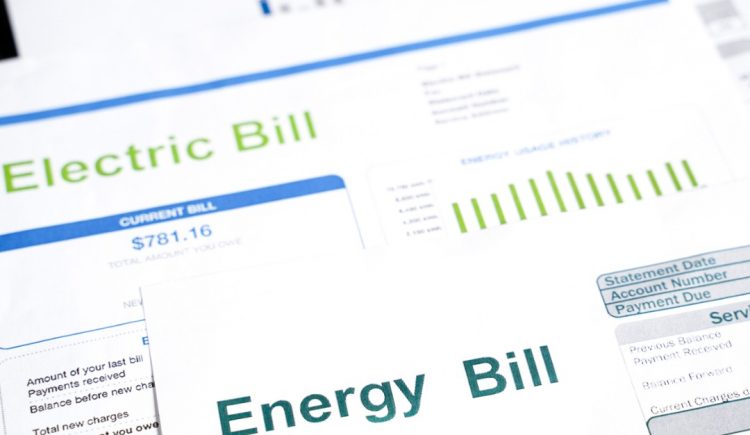As summer heat fades and air conditioners go quiet, most Americans get a break from peak-season utility bills. But winter is coming, and with it, the increased cost of heating.
From EnergyStar and consumer advisors, here are five tips that may help lower your cold-weather utility bills by as much as $100 a month in total:
- Get the best rate – Check in with your provider. Some utility companies are letting customers switch from a standard rate, with a set cost per kWh, to a time-of-use rate, or TOU, incentivizing consumers to use less power during peak energy hours—a switch that can result in significant savings. Con Edison in New York, for example, lets customers switch to TOU, but requires them to remain on that rate for at least a year. XcelEnergy in Colorado will gradually move all of its customers over to TOU over the next three years.
- Switch to LED lighting – If you haven’t already done so, change over to LED light bulbs, which use up to 90% less energy than standard halogen light bulbs. For every bulb you switch to LED, you can save as much as $3 to $4 dollars on your annual utility bill.
- Improve attic insulation – Installing attic insulation will cost between $1 and $7 per square foot – but in terms of long-term bill reduction, it will be money well-spent. According to EnergyStar, homeowners can save an average of 15% on heating and cooling costs by air sealing their homes and adding insulation in attics, floors over crawl spaces, and accessible basement rim joists.
- Block the gaps – Check your doors and windows to make sure they are properly sealed. Simple, cost-effective remedies like caulk and weatherstripping can lead to savings of 10% on total energy costs, according to EnergyStar.
- Install a smart thermostat – A smart thermostat allows you to increase or decrease the temperature in your home automatically, which can save a lot of money on heating and cooling costs—perhaps as much as 8-10% annually.









